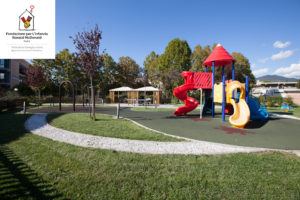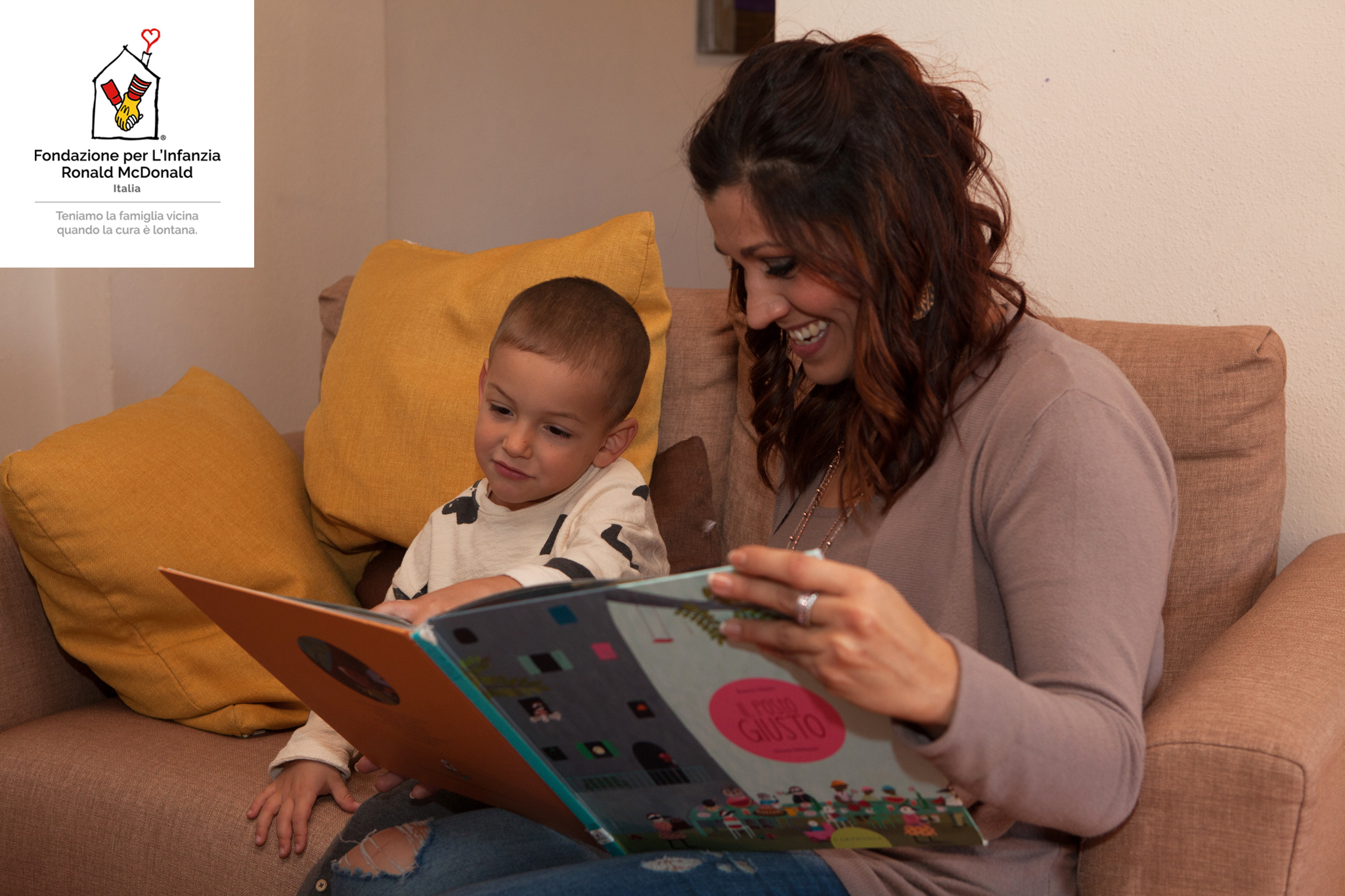On Thursday, November 9, “Casa Ronald” (Ronald McDonald House) in Roma Bellosguardo hosted a meeting dedicated to the presentation of the results of the SROI (Social Return on Investment) analysis, commissioned by “Fondazione Ronald” (italian branch of RMHC ) to ARCO. The SROI Analysis aimed at measuring the economic and social value created by the reception model of “Fondazione Ronald”. Marco Bellucci, Social Economy Coordinator, together with the President of the Ronald McDonald Foundation, Fabio Calabrese, presented the results of the research to guest families and children, to the representatives of the “Regione Lazio” and to the press.
In the past 17 years, the Foundation has implemented programs to support families with sick children who seek treatment far away from home, providing them with comfort, support, and resources just steps away from the hospital. The Ronald Foundation has six facilities that have hosted almost 35,000 people for over 160,000 stays.
The SROI analysis has identified the relationship between the benefits and the costs of RMHC activities by quantifying the economic return of each euro invested in terms of value produced for the entire community.
The SROI index of the Ronald Houses is 3,15. This means that for the fiscal year 2016, “Casa Ronald” programs generated 3,15 € for each 1 euro invested, for a total amount of 7,83 million euros against an investment of 2,5 million euros.

The key advantages of a SROI Analysis
The research has made it possible to measure the social benefit of “Fondazione Ronald” ‘s activities and investments by providing it with a valuable tool to:
- Plan activities, interventions and investments
Address future actions with efficiency and effectiveness
Communicate transparently with stakeholders and beneficiaries
In addition, the SROI (Social Return on Investment) methodology uses a participatory scheme, which involves stakeholders and beneficiaries.
The SROI analysis features the following key components:
- Mapping the activities involved in managing all four Ronald McDonald Houses in Italy and establishing a monetary value for the inputs that are used when these activities are being performed
- Creating a participatory map of outputs and outcomes, by involving (parents, children, hospitals, RMHC staff, and donors)
- Calculating appropriate financial proxies for the economic value of outcomes and subtracting potential displacement effects, deadweight effects, attribution issues, and drop-off effects
- Calculating the SROI ratio
Families, children, staff, volunteers, donors, hospitals, and the community have been involved both in the analysis process and in the presentation of the results, following a “360 degree participation and transparency approach”.
